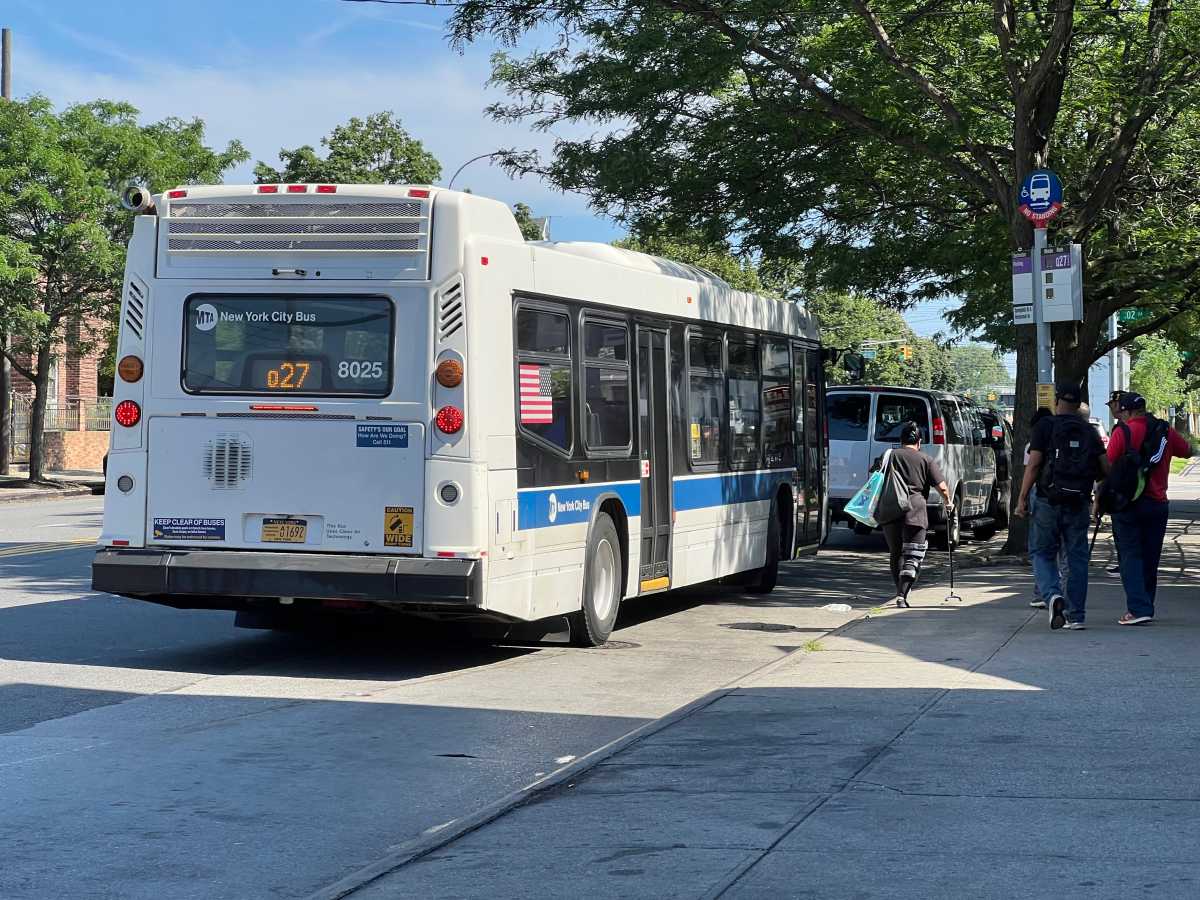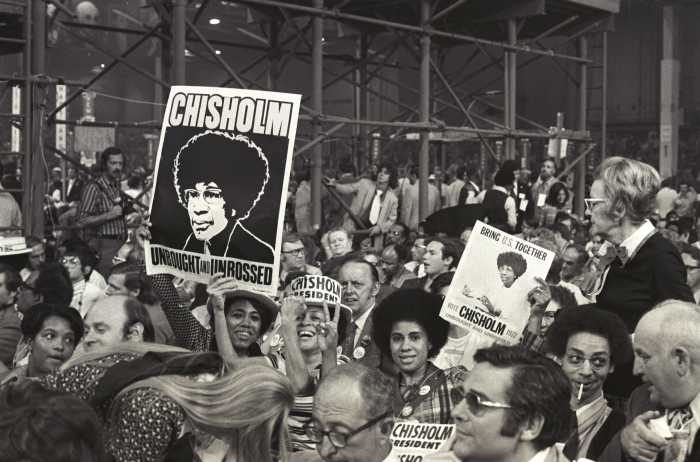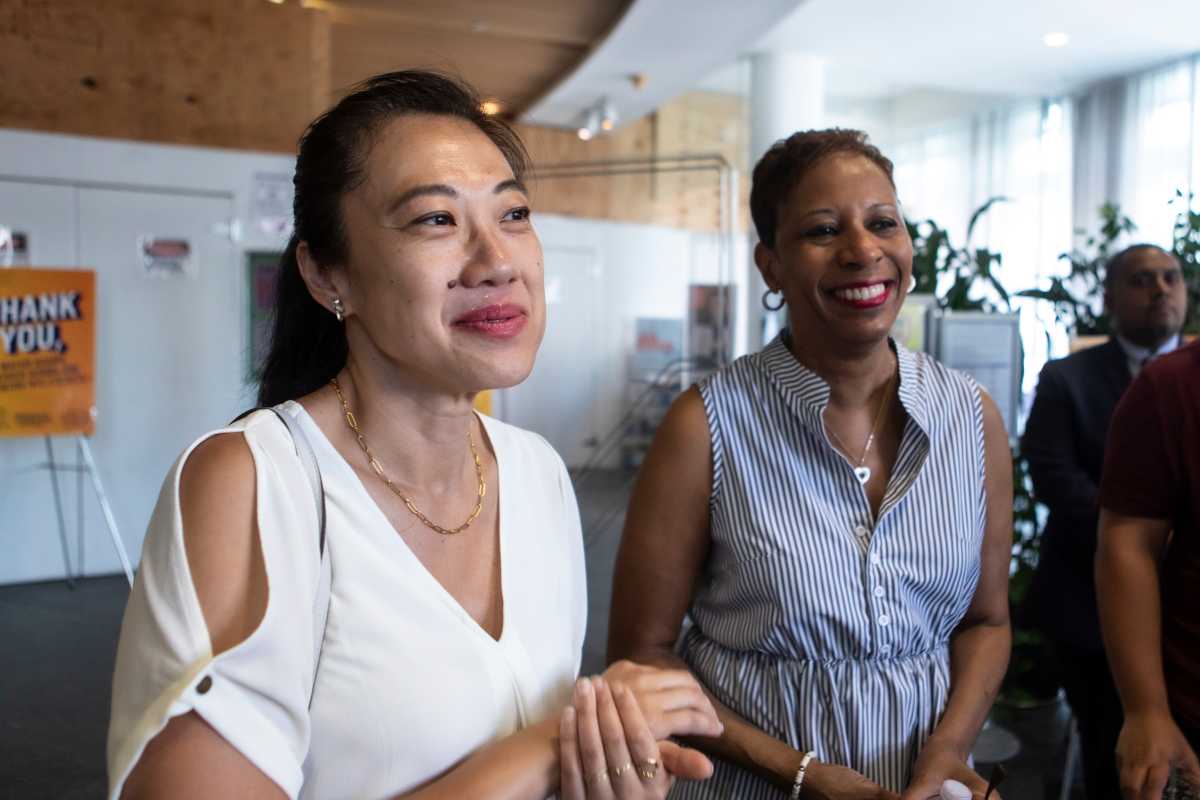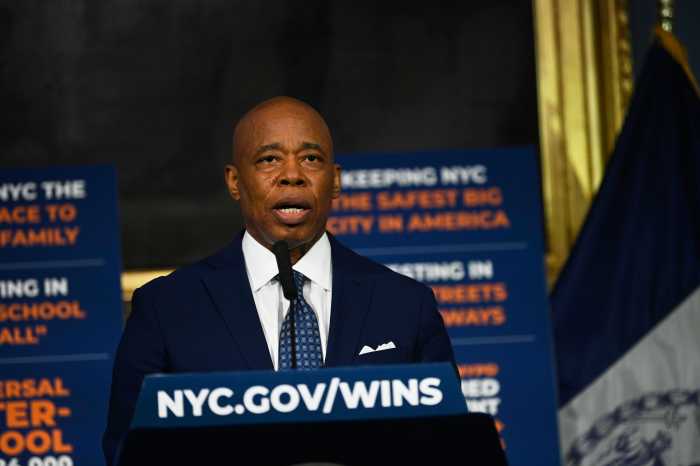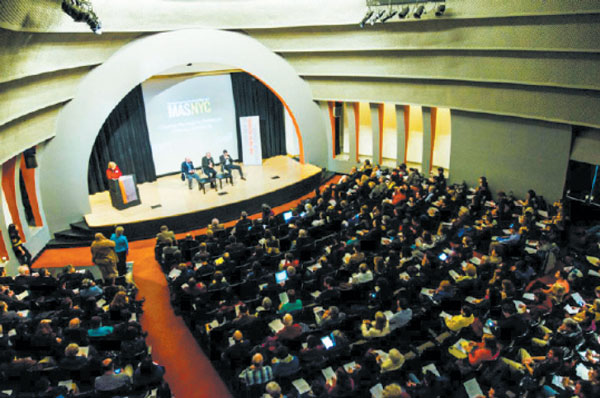
BY KAITLYN MEADE | Hundreds of people gathered in the New School’s auditorium on Saturday morning armed with notebooks and laptops, but there was no school to attend or test to be taken, unless it comes years in the future, in the event of another disaster like Hurricane Sandy.
Entitled, “Charting the Road to Resilience: From the Ground Up,” the conference was an all-day event on Jan. 12, organized by the Municipal Art Society of New York.
Resilience is a term used by scientists for ecosystems that can absorb natural and manmade disruptions and can evolve to fit changing dynamics, but the word has also evolved to mean the ability to withstand disruptions in many disciplines, including cultural communities, political structures, urban planning and infrastructure.
One panel was Resilience Planning Process, led by moderators from related organizations and universities, including Lower Manhattan organizer Catherine McVay Hughes, chairperson of Manhattan’s Community Board 1.
Hughes, also an engineer with a hydro-geological background, said: “This is an issue where the technical engineers and the policy makers have to work together. That’s the bottom line.”
Many community members, from Occupy Sandy leader Andy Smith to Pat Simon (whose Ocean Bay Community Development Corporation suddenly became a disaster-recovery program) spoke of the need for “decentralized” power structures and recognizing the community as the first on-the-ground responders.
“It hinges on the fact that community organizations can be far more efficient, nimble and successful if they are given material support,” said Occupy’s Andy Smith, because they are on the ground at grassroots levels and have a better understanding of what is needed and where.
“In the context of long-term planning, it’s about bringing large government forces into conversation with community groups,” said Raju Mann, director of policy and planning at the Art Society. “For example, if there are certain parts of the city that can’t be rebuilt because the mitigation is too expensive, that’s a case where the community needs to be not just at the table, but leading. It’s a very sensitive and delicate subject.”
Both Hughes and Mann were very much impressed by the opening speakers, geologists Klaus Jacob from Columbia University, and William Fritz from the College of Staten Island, who put out a call for New York City to reconcile itself to all the adaptations that the city must consider when rebuilding for future disasters — because with rising sea levels, the likelihood of another flood-inducing storm is increasing.
To ignore that warning would be “unconscionable,” said Hughes. “It was a major disruption and some people are still getting back to where they were — Sandy happened on October 29 — some people are still struggling to get to October 28.”
Hughes is serving on Mayor Michael Bloomberg and City Council Speaker Christine Quinn’s new task force for building resilience.
“They’re putting it together now,” she said, as there has only been a preliminary meeting so far. “We look forward to working closely with the city to make Lower Manhattan as resilient as possible.”
The task force plans to publish a report by May of 2013.



